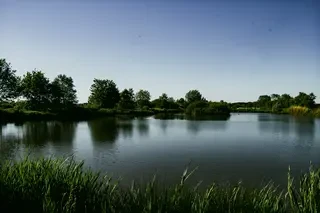Humanity can only maintain an environment worth living in if we effectively reduce the consumption of resources. In recent years, the focus has primarily been on energy efficiency in building operation and CO2 emissions during production. Today, an ecological building is defined more by the quality of the building fabric. The origin of the raw materials, transportation routes, durability and recycling play a key role here. Sustainable building is always a triad of ecology, economy and socioculture. However, there is a fourth dimension of sustainability that no other building material for facades fulfills in the same way as clinker brick: aesthetic sustainability.
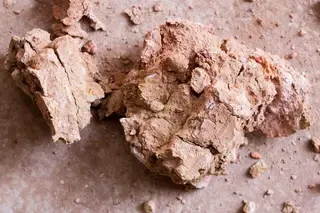
Resource-conserving extraction: clay on the doorstep
When raw materials travel, their ecological balance deteriorates with every kilometer they travel. We have no problem with this in Wittmund, as it is only about five kilometers from the clay pits to the plant. No trees have to be felled for clinker production, clay pits are limited areas and the resources are practically inexhaustible. A renaturation plan is drawn up for each clay pit as early as the extraction permit stage. Once a clay pit has been decommissioned, habitats for animals and plants are created that would not have existed without the previous extraction of clay.
Biologist Norbert Graefe, responsible for the ecological monitoring of the clay pits at Wittmunder Klinkerwerke in Spekendorf, explains how nature develops after use.
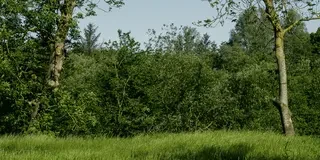
Production: Responsible production processes
In Wittmund, we don't beat about the bush: clinker bricks are fired at over 1000 degrees. But they preserve and refine the energy used in their production for an eternal life. Thanks to modern technology, the German brick industry has reduced its gas consumption by 50% over the last 30 years. In Wittmund, for example, we use the waste heat from our production to heat our buildings.
Brick manufacturers have largely exhausted their optimization potential to date and have drawn up a roadmap to climate neutrality by 2050.
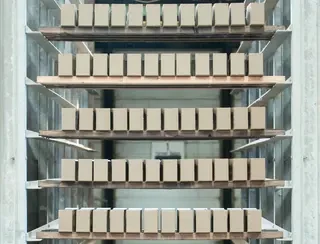
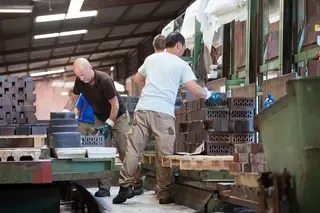
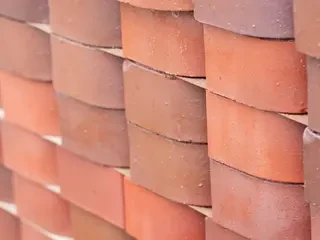
Longevity: 100 years and much more
Sustainability is always a long-distance run. A clinker brick house is so robust that it lasts for 100 years - and in most cases much longer. The Dutch building guidelines even assume 1,000 years. Only durable buildings can be sustainable. The CO2 balance is also a life cycle issue that needs to be considered from extraction to recycling. The renowned institute Life Cycle Engineering Experts (LCEE) has shown in two life cycle assessment studies: Houses with double-skin clinker brickwork and solid interior construction are not only eligible for KfN funding, but actually exceed the benchmarks. Building operation is the decisive factor. The study assumes a service life of 50 years. The CO2 balance is therefore much better when you consider that houses made of clinker bricks have a much longer life.
Aesthetic sustainability - eternally beautiful.
A building can only be sustainable if it will still look good in many years' time. What use is a building envelope if it has to be renovated and adapted to the spirit of the times every few years? With a Wittmund clinker brick, you are not building for one generation, but for many generations. Because every Wittmund clinker brick is a Wittmund original. Strong in character, tangible and stable in value, it builds a bridge between cultural heritage and a statement for the future. Hardly any other building material offers such a wide range of colors, surfaces and formats as clinker brick. It requires no maintenance or care and ages gracefully. The feel, sense of home, stability, durability and sense of belonging are more important today than ever for the values of our coexistence - and for the architecture of the digital age.
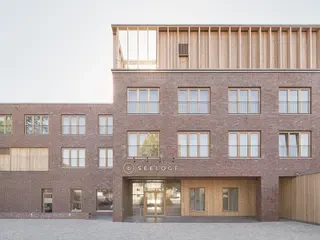
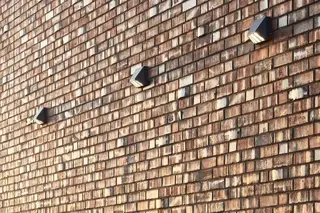
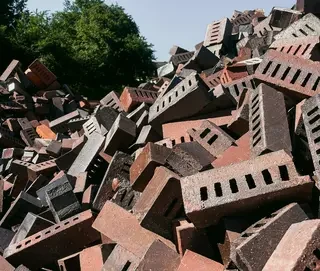
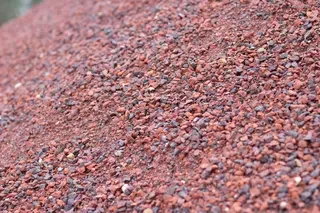
Recycling - ready for a second life
Even if clinker bricks are rarely dismantled due to their long service life, it is good to know that they can be fully recycled and integrated into the material cycles.
The granulate is very popular in road and path construction. It is also used as an aggregate in concrete. Mineral construction waste is 96% recyclable. Even when working in our factory, something always breaks. We return all waste from production to the production process. When a building is dismantled after a long life, clinker bricks can even be reused “cradle-to-cradle” if they are separated from the mortar.
